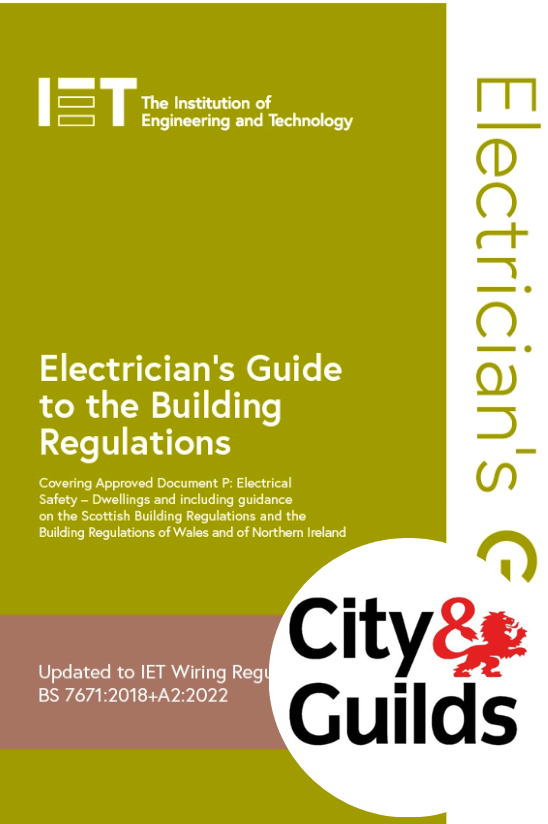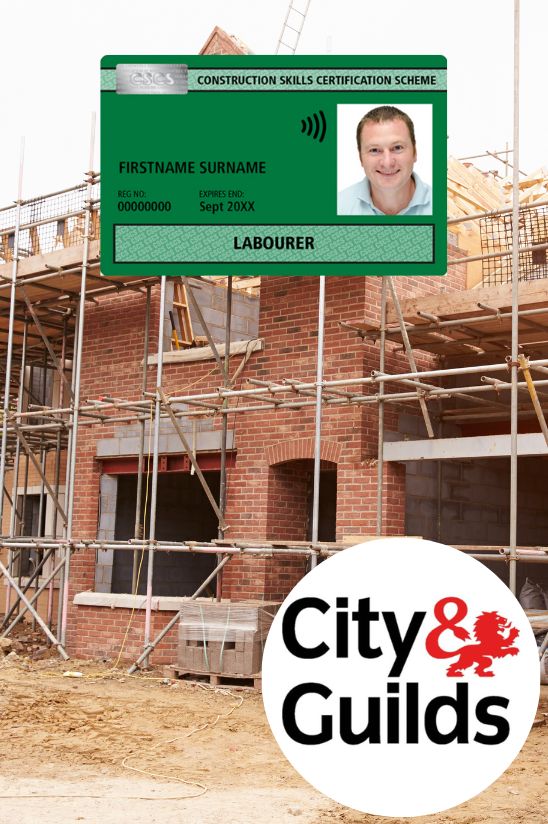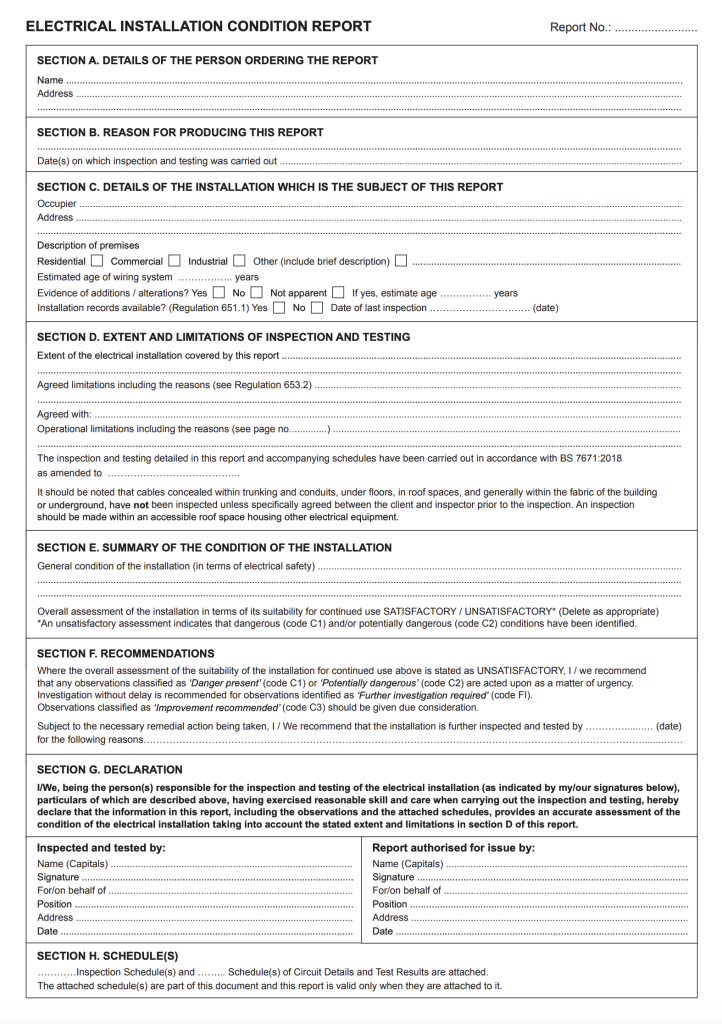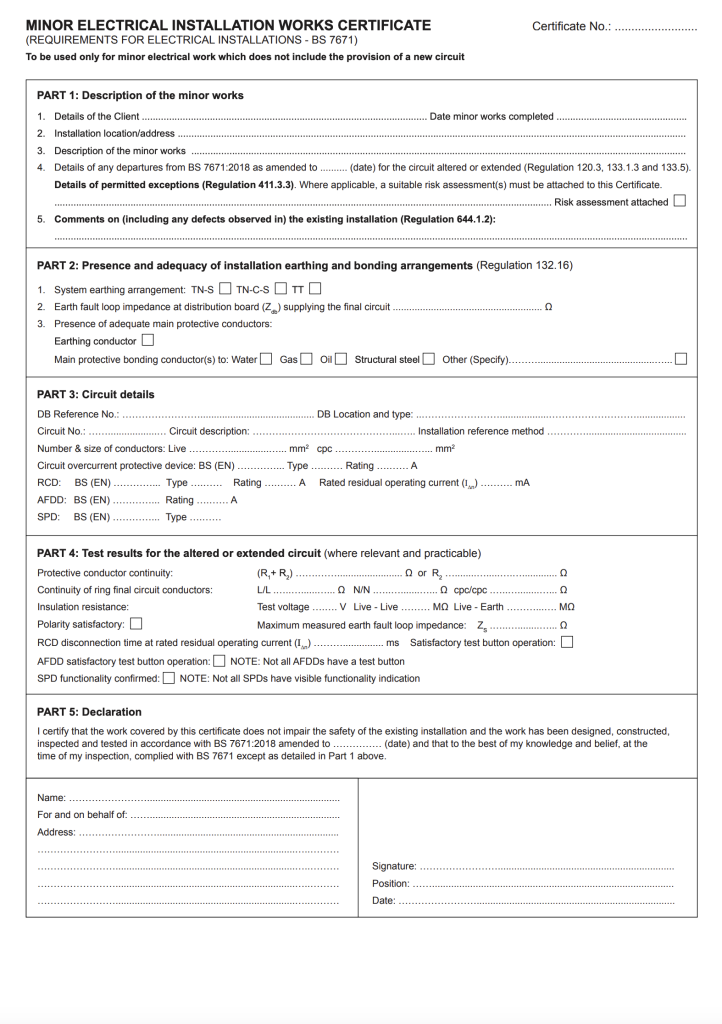
Notifiable or Non-Notifiable
Part P of the Building Regulations
Notifiable or Non-Notifiable Electrical Work – What’s the Difference?
If you’re working as a domestic installer, understanding the difference between notifiable and non-notifiable electrical work under Part P of the Building Regulations is essential. Whether you’re a qualified electrician or just starting out, knowing when you need to notify a job to your local building control can save you time, money, and trouble.
At MJ Electrical Training, we often get asked this question by learners on our electrical courses, especially those taking steps toward becoming registered with a Part P competent person scheme like NICEIC or NAPIT.
What Is Notifiable Electrical Work?
Notifiable work includes electrical installations in specific locations or types of work that carry a higher risk and therefore must be reported to building control before the work begins.
According to the most recent guidance, notifiable electrical work includes:
- Installing a new circuit, whether in a domestic or non-domestic setting.
- Replacing a consumer unit (fuse box).
- Any work carried out in special locations, such as:
- Bathrooms (within certain zones)
- Wet rooms
- Outdoors (e.g., installing garden lighting or power)
These types of work must either be signed off by a local authority building inspector or carried out by a registered electrician who is part of a recognised Part P scheme, who can self-certify the work.
What Counts as Non-Notifiable Electrical Work?
Non-notifiable work refers to minor electrical tasks and alterations that don’t require you to inform your local authority building control, provided they are not carried out in special locations (like bathrooms, swimming pools, or saunas) and don’t involve installing new circuits or consumer units.
Even though this work is not notifiable, it must still be carried out to a high standard and comply with the current edition of BS 7671 Wiring Regulations. The person doing the work should be competent and ensure it is safe.
Examples of Non-Notifiable Electrical Work:
- Extending or altering an existing circuit in an area that is not a special location.
- Adding additional sockets or lighting points to an existing ring or radial circuit in general rooms like lounges, bedrooms, kitchens (outside special zones), hallways, or utility rooms.
Replacing existing:
- Switches
- Socket outlets
- Ceiling roses or light fittings
- Changing a single pendant light to multiple spotlights in a room that’s not a special location.
- Adding a switched fused spur to an existing circuit, such as for a boiler, extractor fan, or alarm system.
- Connecting a garage door motor to an existing supply or isolator.
Replacing accessories or fixed equipment, such as:
- Ovens
- Cookers
- Electric showers (when reusing existing wiring and circuit protection)
Installing or upgrading equipotential bonding, including:
- Main bonding to gas and water pipes
- Supplementary bonding in non-special locations
Extra-low voltage cabling for:
- Signalling (e.g. doorbells, alarm systems)
- Data communication (e.g. CAT5/CAT6 cabling)
- Audio/visual systems
- Electrical Installation Certificate
- Minor Works Certificate
- Electrical Installation Condition Report (EICR)
All these certificates are open source and available on the IETs website. And commonly referred to as the ‘Model Forms’.
Who can undertake non-notifiable electrical works in a dwelling?
All electrical work must be undertaken by someone competent. The definition of competent could be seen as having the necessary ability, knowledge, or skill to do something successfully. Within the electrical industry, this should mean holding the appropriate academic qualifications to demonstrate an understanding of ones obligations and that the installation will be designed and installed to the latest version of Wiring Regulations BS7671 additionally, persons should be practically competent with sufficient experience, knowledge and understanding to complete the installation safely and to a standard inline with the regulations.
Why Does It Matter?
If notifiable work is carried out without proper notification or certification, it can cause major issues down the line – including problems when selling a property, voided insurance, or even enforcement action by building control.
How do you make a notification to complete notifiable electrical works in a dwelling?
This can be completed by going to your local building control or joining a government-approved Part P competent person scheme, such as the NICEIC or NAPIT.
The requirements for joining one of the government-approved competent person schemes vary depending on your experience and qualifications. The following blog posts outline the current conditions in more detail.

18th Edition Wiring Regulations
- Course & exam only £264.00
- Take the exam only £186.00
- Book the course today for only £132.00

Part P of the Building Regulations
- Course & exam only £234.00
- Take the exam only £186.00
- Book the course today for only £102.00

Inspection & Testing
- Online course only £234.00
- Centre final exams only £660.00
-
Practical training days
available

Health & Safety in Construction
- Course & exam only £174.00
- Quick home exam option
- Green CSCS Labourers Card

ECS H&S Course
- Online course only £174.00
- ECS Health & Safety Exemption
- Get an ECS Labourers Card






